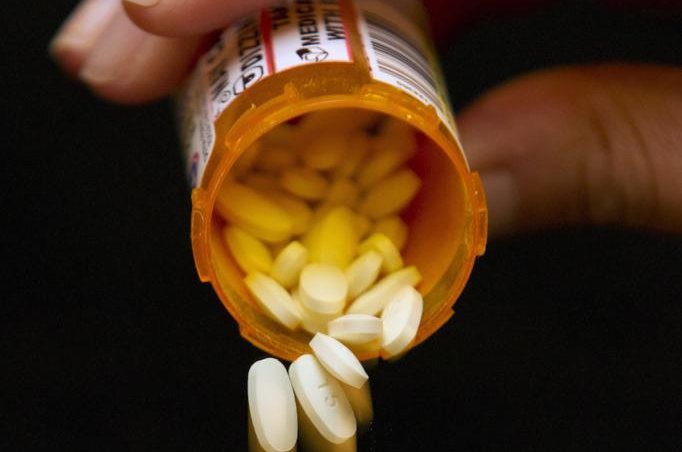Researchers examined data from the 1999-2014 National Health and Nutrition Examination Survey to estimate prescription use for high cholesterol. Photo courtesy of American Heart Association
March 26 (UPI) -- Less than 40 percent of people who have high cholesterol levels are taking the right medications, according to a national study.
Researchers examined data from the 1999-2014 National Health and Nutrition Examination Survey to estimate prescription use for high cholesterol. Their findings were published Monday in the American Heart Association's journal Circulation.
Studied were 42,471 U.S. adults age 20 and older with severely elevated LDL, or "bad cholesterol," levels of 190 mg/dL or higher based on prevalence rates of self-reported screening, awareness and statin therapy.
The frequency of cholesterol screening and awareness was 80 percent among adults with definite/probable familial hypercholesterolemia and severely elevated cholesterol.
But statin use was 52.3 percent of adults with definite/probable levels and 37.6 percent of adults with severe condition.
However, only 30 percent of the severe cases had been prescribed a high intensity statin.
The cholesterol screening/medical treatment was most pronounced in younger patients, uninsured patients and patients without a regular source of healthcare.
Among adults aged 20 to 39 years, 62 percent reported cholesterol screening in the past five years, and 64 percent reported awareness of having hypercholesterolemia, but only 13 percent were on a documented statin.
"Young adults may be less likely to think that they are at risk of cardiovascular disease, and clinicians may be less likely to initiate statin therapy in this population," lead author Dr. Emily Bucholz, of the Department of Medicine at Boston Children's Hospital in Massachusetts, said in a press release. "It is possible that lifestyle modifications continue to be prescribed as an initial treatment prior to initiating statin therapy."
In contrast, more than 85 percent of adults at least 60 years old had been screened and were aware of their hypercholesterolemia, of which 51 percent were on a documented statin.
Only 29 percent of uninsured adults reporting screening were taking a statin compared with
48 percent of fully insured adults.
Statin therapy is recommended with LDL cholesterol at or above 190 mg/dL, according to the
the the original 2002 National Cholesterol Education Program's Adult Treatment Panel III and the American College of Cardiology and American Heart Association.
"Markedly elevated levels of 'bad' cholesterol put you at increased risk of developing heart disease and developing it earlier in life," said Circulation Editor-in-Chief Joseph A. Hill. "If your 'bad' cholesterol is over 190 you should work with your physician regarding optimal drug treatment, in addition to lifestyle changes and management of other risk factors."
Additional studies are needed to better understand how improve treatment percentages, the authors said.















